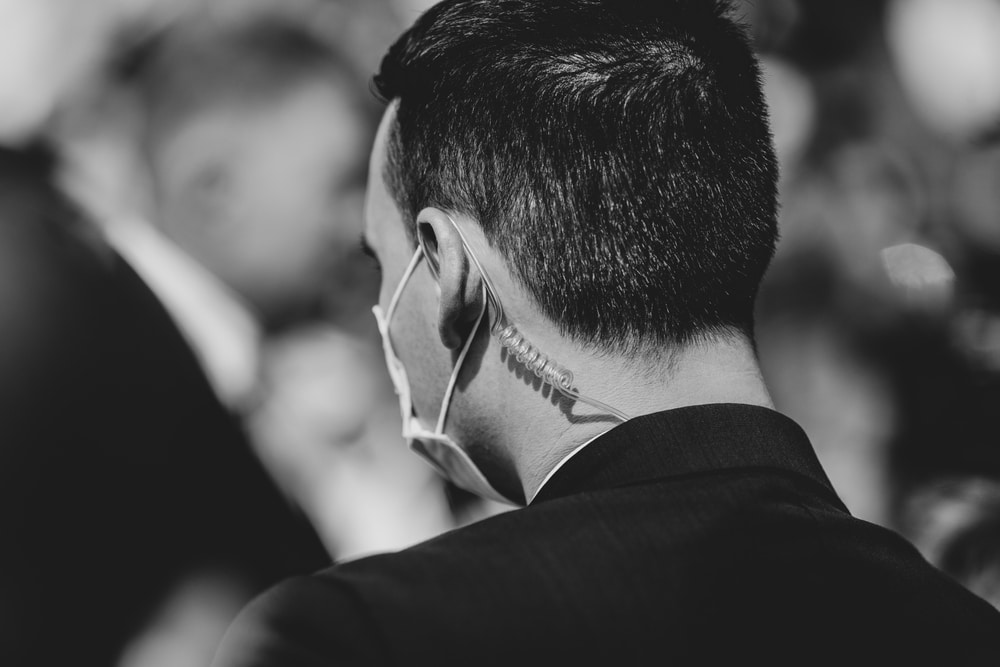
What is ‘blunt force’ and what type of injuries result from blunt force impact? Robert Kaiser, CEO of PPSS Group investigates.
Please let me answer this question in the shortest possible way without throwing some hyper intellectual medical terminologies at you that I don’t understand myself. Let me do it in reasonable, simple and understandable terms – and most importantly, within the context of this article.
Severe injuries and deaths resulting from blunt force trauma are some of the most common cases encountered by forensic pathologists. For instance, almost all transportation fatalities, including those involving road traffic collisions and pedestrians being hit by vehicles, result from blunt force trauma.
Blunt force trauma is also the consequence faced by homeland and private security professionals after being hit by a solid object, such as a fist, foot, knee, elbow, iron bar, extendable baton, baseball bat, crowbar, brick, bottle, can, chair, fire extinguisher or indeed after being pushed hard against another solid object e.g. door, wall, floor or car or down a flight of stairs etc.
When asking a couple of law firms how they would define ‘blunt force trauma injuries’ they responded with the following answers: “A severe traumatic episode caused to the body (or head) with the sudden introduction of a blunt instrument used with great force. Blunt force trauma is when the body is hit with an object that is blunt, or not sharp, with enough force to cause significant damage.”
The severity of such injury is mostly determined by the speed, velocity, size and weight of the object and can range in severity from a tiny bruise to internal haemorrhages, bone fractures, cardiac tamponade, airway obstructions/rupture, and in the worst-case scenarios, can result in serious consequences.
I believe that most security professionals will be aware of the potential severity of injuries resulting from blunt force. However, I don’t believe many will chose to document and report every incident of this nature. Many professionals have a reasonable understanding of the most realistic risks and threats they face and subsequently are either being issued, or they themselves invest in body armour.
However, it is worth noting that any type of flexible body armour made from either an aramid fibre (i.e. Kevlar) or a polyethylene (i.e. Dyneema) including the latest high performance body armour produced by manufacturers at top secret locations do not offer enough protection from this specific operational risk.
On a domestic level, the risk of being punched, beaten, kicked or faced by someone throwing stuff at you is a hundred times higher than being stabbed or shot. Therefore, it is rather saddening to see that more than 99% of body armour issued to domestic homeland security professionals offer insufficient protection from this specific risk. Again, in the context of a good body armour, the key objective must be to offer sufficient levels of protection from the most realistic threats and risks you faces whilst on duty.
I urge you to make a conscious decision when investing in such type of PPE. Simply ask yourself the question, what is the most important criteria for YOU? If the concealability of a body armour is key for you then you may well need to look for the thinnest body armour and the ‘blunt force trauma’ protection may have to become of secondary importance. However, please understand that, in general, the most likely risk you face on a daily basis is also the one you should seek protection from.
To achieve the maximum level of protection from blunt force trauma injuries a body armour would have to be of a rigid structure, rather than a soft/flexible structure; two diverse protective devices which highlight in a brilliantly understandable way the importance and the effectiveness of such protection are motorbike helmets and riot shields.
The most in-depth research study on ‘blunt force trauma injuries’ was produced by Marianne Wilhelm back in 2008, and is titled “Injuries to law enforcement officers: The backface signature injury”. It really is worth a read. This great piece has raised important questions regarding the protection afforded to officers wearing personal body armour, along with the current test methods used to assess the true performance of the equipment.
Although your body armour might be successful in containing the round fired by a weapon or the knife thrusted at you by a hostile individual, it might not protect you from the impacting energy during other types of assaults unless it is offering you officially certified protection from this precise risk.
It is also worth pointing out that our Technical Director, Colin Mackinnon – a man who served over 26 years with UK police forces – delivered an online presentation to a large audience of security professionals recently. Following his presentation, he asked a question: “Does your armour protect against knife, spike, needle and blunt force trauma?” Out of those questioned, 55% of people did not know what protection their vests provided.